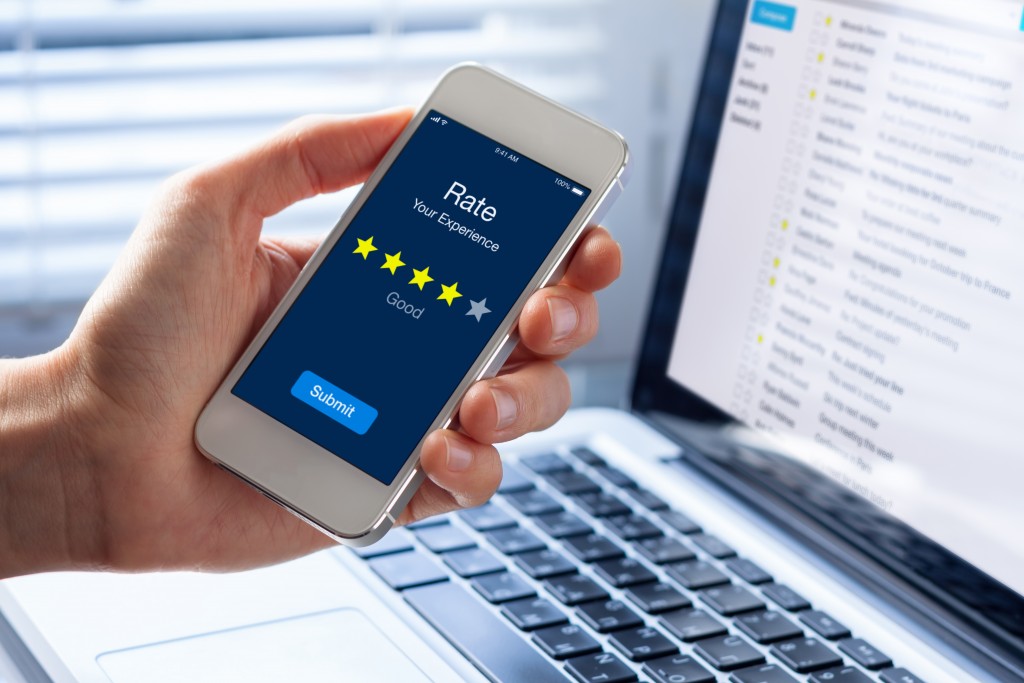Although the economic recovery isn’t a race among states, Utah seems to be faring better than the others. In the latest Rich States, Poor States report, it ranked first in the economic outlook for the fourth year.
Another report by the Federal Bureau of Economic Analysis shared that the Beehive State’s gross domestic product increased by 4.3 percent—a sharp contrast from the decline of 1.3 percent (2020 compounded rate) of the nation.
It also has one of the lowest unemployment rates. In fact, as the state resumes some sense of normality, many businesses are scrambling to find labor.
In other words, entrepreneurs who like to expand their business or start one can benefit from Utah’s rapidly growing economy, especially in this pandemic. But a strong will to be here isn’t enough.
Business owners who like to set foot in the state may also need to work with a local marketing agency. Brand positioning, awareness, and management can vary according to the audience or the market.
Most of all, they need a team that can handle one of the possibly often-ignored challenges for any entrepreneur: crisis. To understand how significant this is for a company, consider the case study of Johnson&Johnson’s Chicago Tylenol murders. Its PR is currently regarded as one of the best in modern history.
Customers Were Actually Consuming Cyanide
It was 1982. J&;;J, a company launched in the 1800s, was already one of the healthcare leaders. As early as 1935, it was already producing supplies like gauze and introducing baby oil.
However, it hit a billion-dollar jackpot when it released Tylenol, a popular over-the-counter drug for dealing with symptoms of flu and allergies.
In the same year, this product alone accounted for almost 20 percent of the company’s profits. It also had the biggest market share that ranged from 22 to 37 percent, depending on the studies.
Then in the fall, someone (or perhaps a group—nobody knew who until today) decided to tamper with the product in some pharmacies, lace the extra-strength capsules in the metropolitan Chicago area with potassium cyanide, and reseal the packages. The result: at least seven people died, and a few copycat crimes affecting other drugs.
While police were investigating, the media went into coverage frenzy, initially blaming Tylenol itself until it learned of the actual cause. By the time it ended its first narrative, over 90 percent of the country had heard the message on the first week alone.
The Biggest Lessons in PR
J& J didn’t learn about the problem until a reporter called. Simply put, the media learned about the incident first. While feeling blindsided and confused, the company immediately launched a massive PR plan that holds a lot of big lessons for businesses today:

1. Remember the Core Values of the Business
As soon as the company heard the news, the former chairman James Burke formed a seven-member team to handle the crisis. But one of his earliest objectives was getting to the core of what the business is about: protecting the people’s health. Saving the brand only came second.
Because of this, the company found it easy to decide to recall all Tylenol products in Chicago and the surrounding areas just in case others had also been tampered with. It delivered a public emergency warning, telling Americans not to consume the product until the J&J could get to the bottom of the crisis.
By saving people’s lives first, it delivered two potent messages to the American public: (1) Tylenol wasn’t the problem, and (2) it might have been a victim of a malicious crime. This helped in building up sympathy and kinder reactions toward the brand and J&J.
2. Do Not Work Against the Media
In many cases, companies find themselves head to head with the media in the middle of a crisis. One can only remember how Bob Murray faced the news reporters during a press briefing after the collapse of a Utah mine.
The media wasn’t short of negative descriptions to describe his tirades, which included “damaging” and “callous”—not the best message company wants to send to the public.
J&J could have chastised the media and reported the crime before the company knew about it, but it also knew that when the going gets tough, as in this case, the people from this industry could also serve as the best allies.
The company worked with TV stations and radios to send warnings and broadcast its consumer hotline for inquiries, concerns, and complaints. It scheduled many conferences from its national headquarters while the chairman faced the country through TV interviews.
All these helped humanize a conglomerate like J&J and allowed the company to connect more effectively with the scared public.
3. Take Concrete Action to Avoid Similar Scenarios
Probably an essential takeaway from the J&J Tylenol case is this: PR is nothing if it’s only lip service. J&J didn’t rely on the growing positive image at this point. It took action so the same problem won’t happen again.
Within six weeks, the company redesigned the packaging of Tylenol, introducing the triple-lock mechanism to prevent tampering. It provided a $100,000 reward for the arrest and conviction of the perpetrator.
With a highly effective PR strategy, J&J averted what could have been its downfall. In less than a year, Tylenol went to become number one again. It remained a trusted analgesic even to this day.


